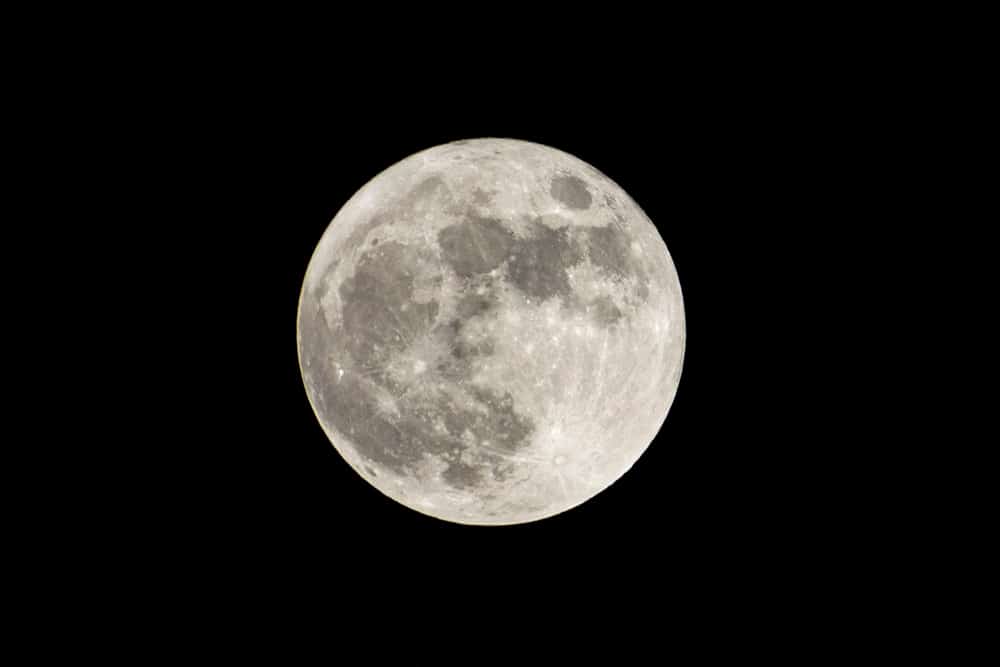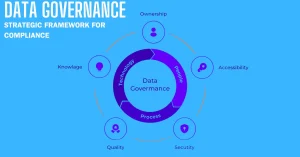Lunar phases have fascinated astronomers for centuries, and modern technology means we have a better understanding of them than we ever have before. That said, observing the lunar phase is a long-term commitment and isn’t straightforward. For instance, the ability to observe the lunar phase is often obstructed by tall buildings and bad weather. It’s for this reason that technological development has skyrocketed in importance.
From augmented reality technology to GPS systems, the number of devices used to detect the lunar phase is larger than ever and is only growing. For instance, it has never been possible until now to hold a mobile device towards the moon in the sky and have it show the virtual moon. As a result, obstructions that originally made lunar phase observation impossible are slowly being eliminated. This enhances astronomy education and other important features of lunar observation.
Why is knowing the lunar phase important?

Lunar phase observation is an important feature of our existence for many reasons. This isn’t solely from a scientific perspective but also a religious one. Since the beginning of religions such as Islam, the moon has been used to determine significant dates. For instance, the Ramadan 2023 dates will be determined via the moon sighting, much like any other of the previous years. As a result, cultures across the globe plan their lives around the lunar phase, making awareness of such more important than ever.
While not everyone plans their lives around the lunar phase, they use it for important aspects. Take education, for example. From as early as elementary education, children must have a basic understanding of science. Part of this foundational learning is about the solar system, including the moon. Having user-friendly technology available makes it much easier for children to engage with their education.
Why does the lunar phase change?
As the moon orbits the earth and the earth orbits the sun, this affects our view of the moon on Earth. There is no way of tackling these spatial concepts using traditional methods, which is why the development of these technologies is essential. In the absence of teaching about these spatial concepts, individuals will struggle to consider the relativity of the moon, earth, and sun alike. Each of these is integral to understanding our position in the solar system. With the help of simulation software, we’re able to visualize the moon in the sky, which enables us to make an easier connection to both the Earth and the sun.
The Role of Computer Simulations
One method in which technology is developing to enhance our understanding of lunar phases is through 3D models. These models simulate the natural world; however, they are simplified to aid our understanding. Furthermore, using 3D visuals makes it much easier to capture learners’ attention and offer them a solid concept.
In addition to 3D models, various software is available to map the night sky. These include Google Sky Map and Starry Night, each allowing the user to observe a virtual sky and make celestial observations. Moreover, web-based astronomy museums have been developed to give users a virtual reality experience.
It’s safe to say that the technological development in the field is vast, and it’s making strides in educating future scientists. That said, there’s still a gap in the software that we’re getting closer and closer to eliminating.





